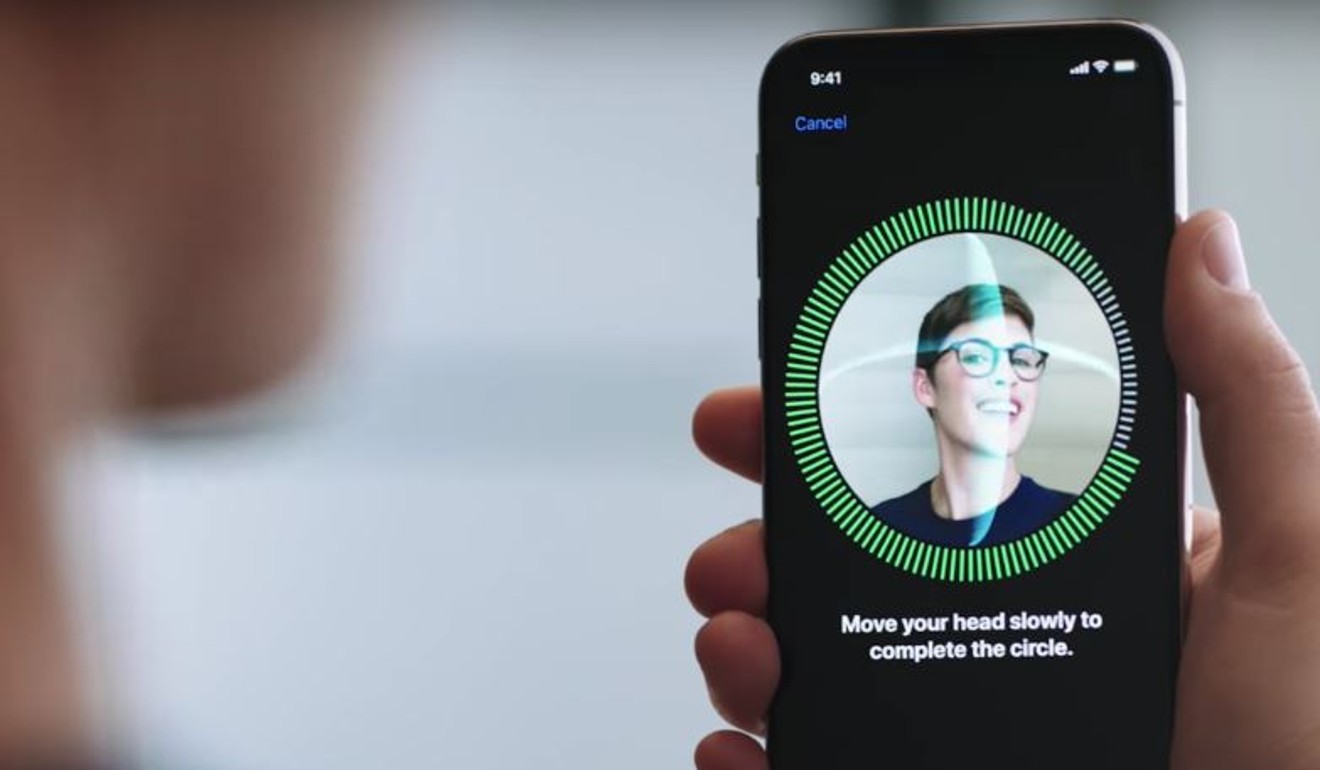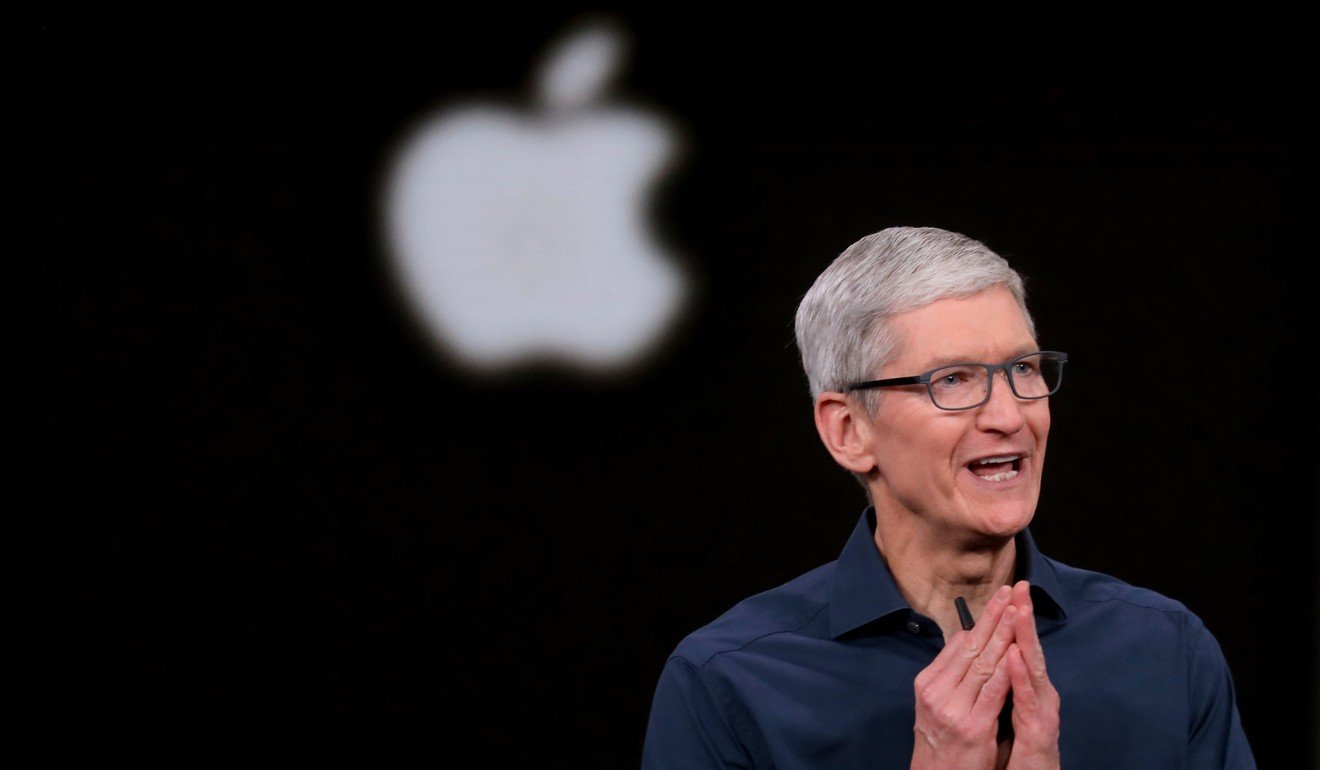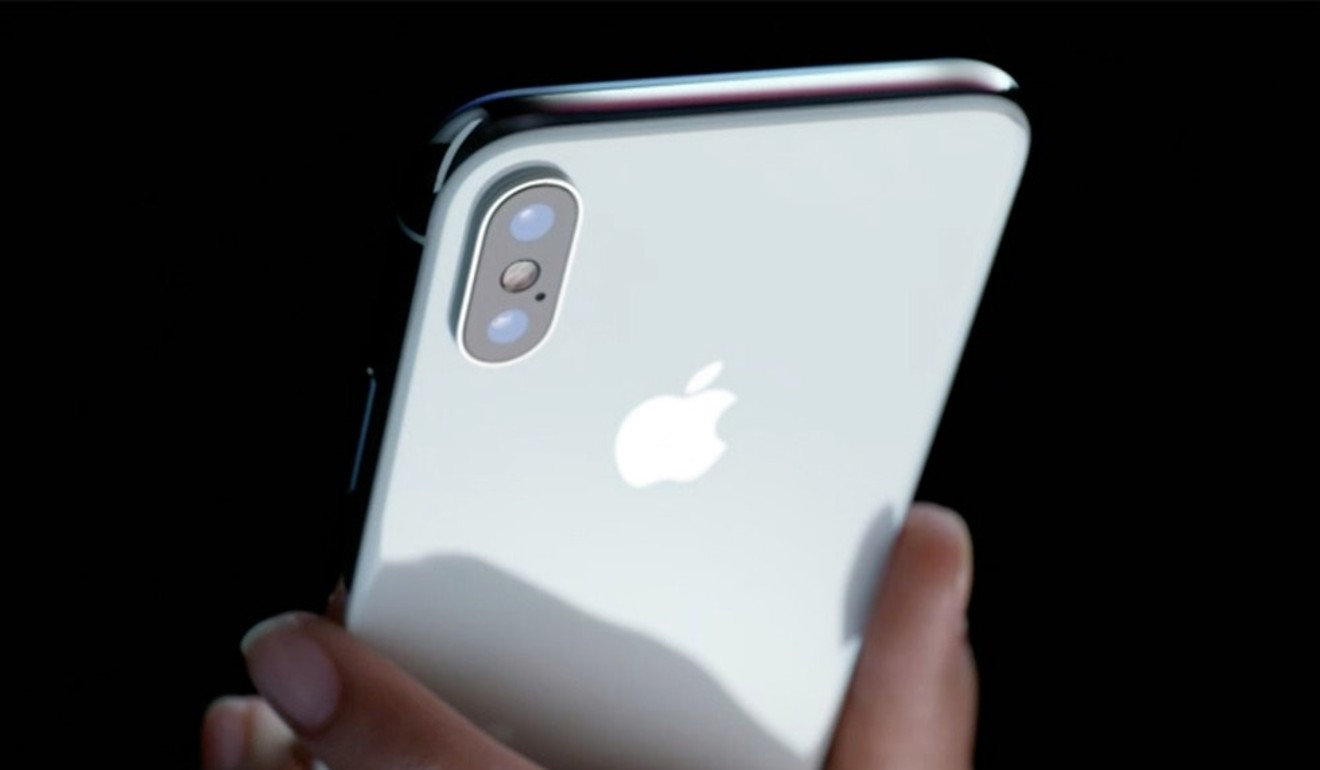The rear facing, longer-range 3D camera is designed to scan the environment to create three-dimensional reconstructions of the real world. It will work up to about 4.5 metres (15 feet) from the device.
Contents
Analysts expect iPhone price cuts in China as Apple seeks to revive sales
That’s in contrast with the current iPhone 3D camera system, which points toward users and operates at distances of 25cm to 50cm to power Apple’s Face ID facial recognition feature.
Apple’s new system uses a laser scanner, rather than the existing dot projection technology which doesn’t work as well over longer distances.
That’s just one of many new features – including a third, more advanced camera, enhanced photo capture tools and a more powerful chip – that Apple plans to include in coming generations of iPhones.
The laser-powered 3D camera would enhance augmented reality (AR) on the iPhone, allowing for more accurate depth perception and placement of virtual objects. It could also help take photos that can better capture depth. Apple has been in talks with Sony about testing sensors for the new system.
While virtual reality immerses the user in a digital realm, AR overlays visuals and data onto a view of the real world. It’s been touted as having wider mass market appeal than VR, and Apple chief executive Tim Cook has talked up its prospects.
Apple previously aimed to put the new 3D camera system on the back of this year’s high-end iPhones, but delayed that.
For 2019, Apple plans successors to the iPhone XS and iPhone XS Max – code named D42 and D43 – and an update to the iPhone XR. The larger of the new high-end iPhones will have three cameras on the back, and other handsets could eventually come with the upgraded system, too.
Cameras have become one of the most important features in a saturated smartphone market. Better photos are a compelling reason for people to upgrade their handsets, especially when other new capabilities are harder to design.
Apple pioneered smartphone camera improvements, which over the years have included additions like Portrait Mode. Rivals have tried to catch up, with Samsung launching phones with as many as four outward-facing cameras last year.
The iPhone still generates the majority of Apple’s revenue, although sales of the devices fell last year as people upgraded less often. That triggered a stock slump that wiped more than US$300 billion off the company’s market value since October. New models with more capable cameras could spur upgrades and reignite Apple’s growth, making these upcoming iPhones the most critical in years.
A third camera on the back of the 2019 iPhone will help the device capture a larger field of view and enable a wider range of zoom.
It will also capture more pixels so Apple software could, for example, automatically repair a video or photo to fit in a subject that may have been accidentally cut off from the initial shot. The company is also planning an enhanced version of its Live Photos feature, which pins video from before and after each shot to the photo. The new version will double the length of the video from three seconds to six seconds.
The laser-powered 3D camera could debut first on an upgrade to the iPad Pro currently planned for as early as spring 2020, according to one of the people. Apple isn’t expected to release a major iPad Pro update this year. It typically upgrades the line in the second half of the year. Apple in the past has launched major new features on the iPad before the iPhone, including 4G internet connectivity in 2012.
Will Apple’s quarterly earnings be shaken to the core as iPhone’s popularity declines in China?
Apple is also testing some versions of this year’s iPhone line that includes a USB-C connector instead of the Lightning port that has been used on iPhones since 2012, indicating that the company plans an eventual switch, according to one of the people. Moving to USB-C would make the new models compatible with chargers used for hundreds of other devices, like Android phones.
This year’s iPhone models will include an upgraded Apple processor and use an updated Face ID sensor for unlocking the device and approving payments. The handsets will otherwise look similar to the current models with larger changes expected as early as 2020 to accommodate plans for 5G networking capabilities.
Beyond iPhones, Apple plans to release an updated version of its lower-cost iPad with a roughly 10-inch screen and a faster processor as early as this spring. That device is expected to retain the Lightning port. The company is also readying a new, cheaper iPad mini, its smallest tablet that hasn’t been updated since 2015.
Apple’s next operating system update, iOS 13, will include a dark mode option for easier nighttime viewing and improvements to CarPlay, the company’s in-vehicle software. There will also be iPad-specific upgrades like a new home screen, the ability to tab through multiple versions of a single app like pages in a web browser, and improvements to file management. The company will also integrate two new services, including a magazine subscription service and its original video content efforts, via iOS updates this year.
[“source=scmp”]







